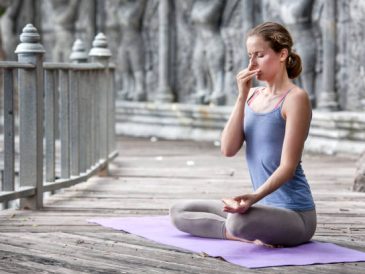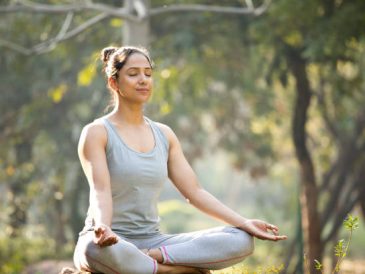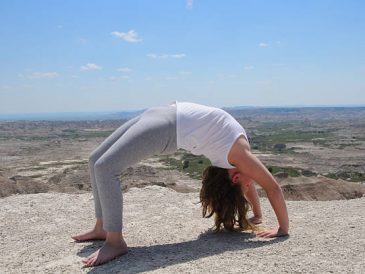Hot yoga has gained popularity in recent years, drawing enthusiasts with promises of increased flexibility, improved cardiovascular health, and enhanced mental well-being. This form of yoga is practiced in a room heated to around 95-105°F (35-40°C), with high humidity levels. While practitioners swear by its benefits, skeptics question whether the intense heat adds anything significant to traditional yoga practice. This article delves into the science behind hot yoga, examining its potential health benefits and risks.
Understanding Hot Yoga:
Hot yoga typically encompasses various yoga styles practiced in a heated environment. The elevated temperature and humidity levels are believed to promote sweating, increase heart rate, and enhance flexibility. Proponents argue that the heat helps to loosen muscles, allowing for deeper stretches and detoxification through sweating.
Health Benefits of Hot Yoga:
Improved Flexibility: The heat in hot yoga studios is thought to make muscles more pliable, enabling practitioners to achieve deeper stretches than in regular yoga classes. Studies suggest that increased muscle temperature can enhance flexibility, reducing the risk of injury during stretching exercises.
Cardiovascular Benefits: Practicing yoga in a heated room elevates heart rate and may provide cardiovascular benefits similar to moderate-intensity aerobic exercise. Research indicates that hot yoga sessions can lead to improvements in blood pressure, heart rate variability, and overall cardiovascular health.
Detoxification: Sweating profusely during hot yoga is believed to rid the body of toxins. While the body does eliminate waste products through sweat, the extent to which hot yoga aids detoxification remains unclear. Nevertheless, sweating can promote skin health by opening pores and removing impurities.
Stress Reduction: Like other forms of yoga, hot yoga emphasizes mindfulness and breath awareness, which can help reduce stress and promote relaxation. The heat adds an additional challenge, requiring practitioners to focus on breath control and mental concentration amidst discomfort.
Risks and Considerations:
Dehydration and Heat Exhaustion: Exercising in high temperatures increases the risk of dehydration and heat-related illnesses, such as heat exhaustion or heat stroke. It’s essential for practitioners to stay hydrated before, during, and after hot yoga sessions and to listen to their bodies, taking breaks as needed.
Overstretching and Injury: The heat in hot yoga studios may create a false sense of flexibility, leading practitioners to overstretch and potentially injure themselves. It’s crucial to practice proper alignment and listen to the body’s signals to avoid pushing beyond safe limits.
Risk for Certain Populations: Hot yoga may not be suitable for everyone, especially individuals with certain medical conditions, such as heart disease, hypertension, or pregnancy. Those with respiratory conditions like asthma may also find the heat and humidity challenging.
Conclusion:
Hot yoga offers a unique and challenging experience, combining the physical benefits of yoga with the intensity of exercising in a heated environment. While it can enhance flexibility, cardiovascular health, and stress reduction, practitioners must approach it mindfully, aware of the potential risks associated with exercising in high temperatures. By staying hydrated, practicing proper alignment, and listening to their bodies, individuals can safely enjoy the benefits of hot yoga while minimizing the likelihood of adverse effects. As with any form of exercise, it’s essential to consult with a healthcare professional before beginning a hot yoga practice, particularly for those with pre-existing health conditions.




